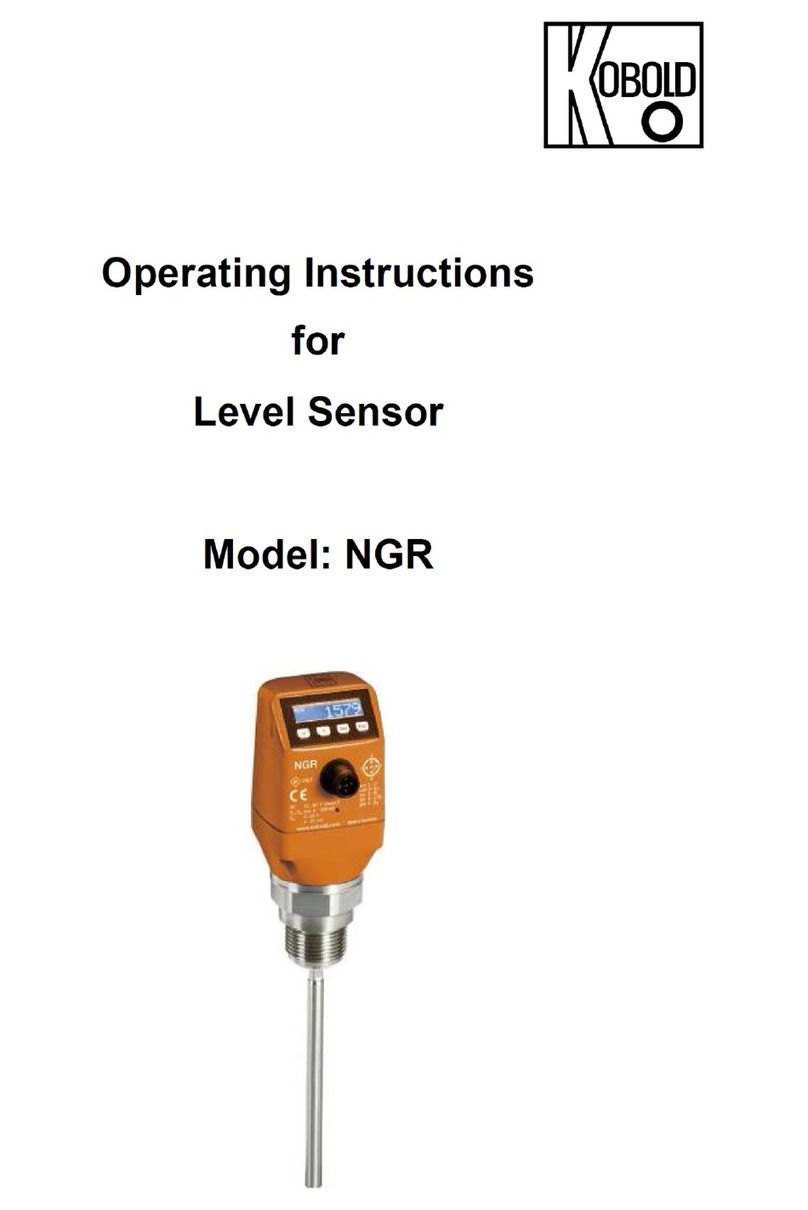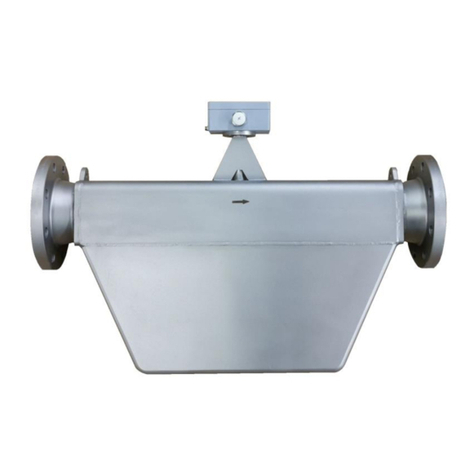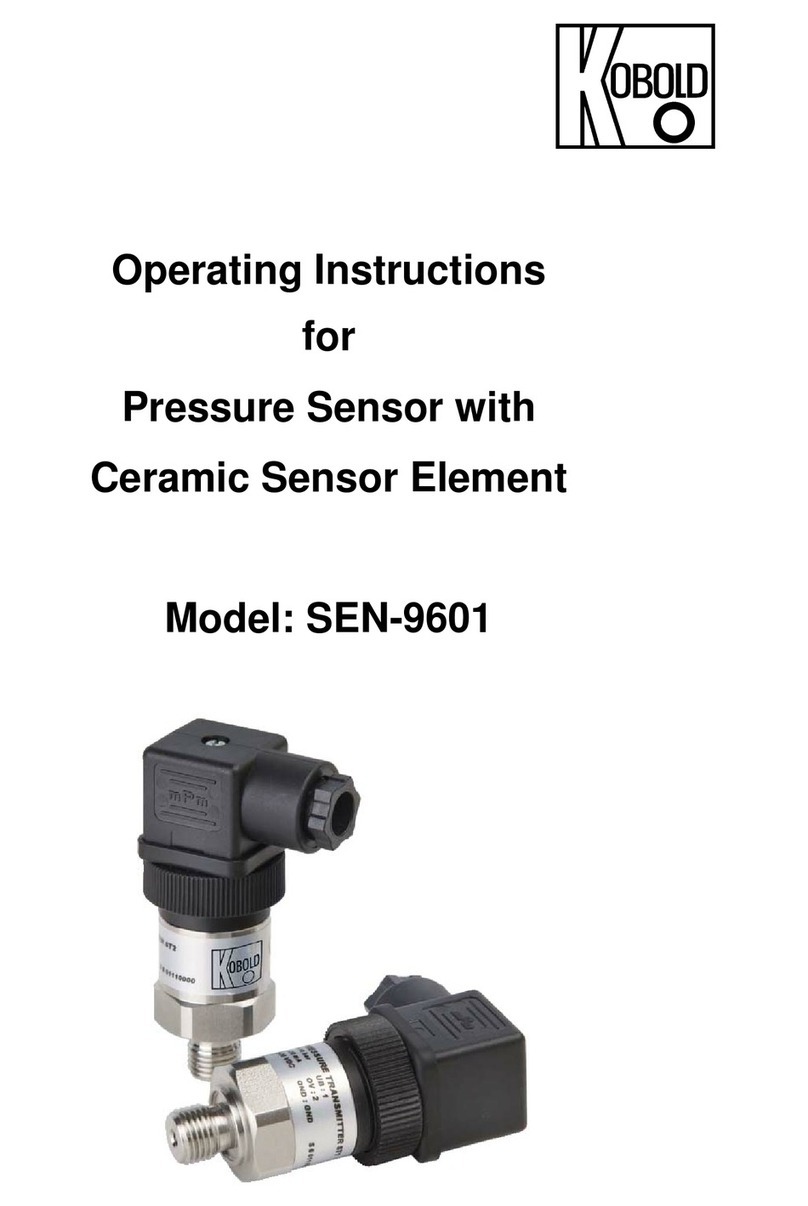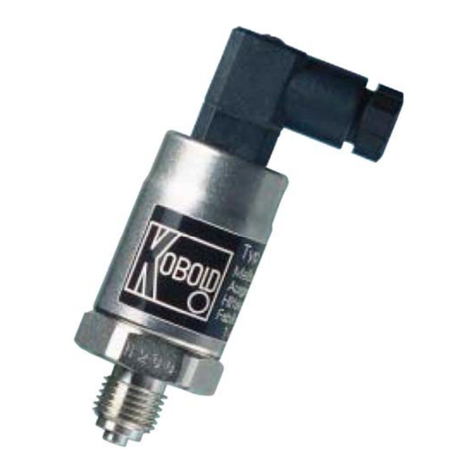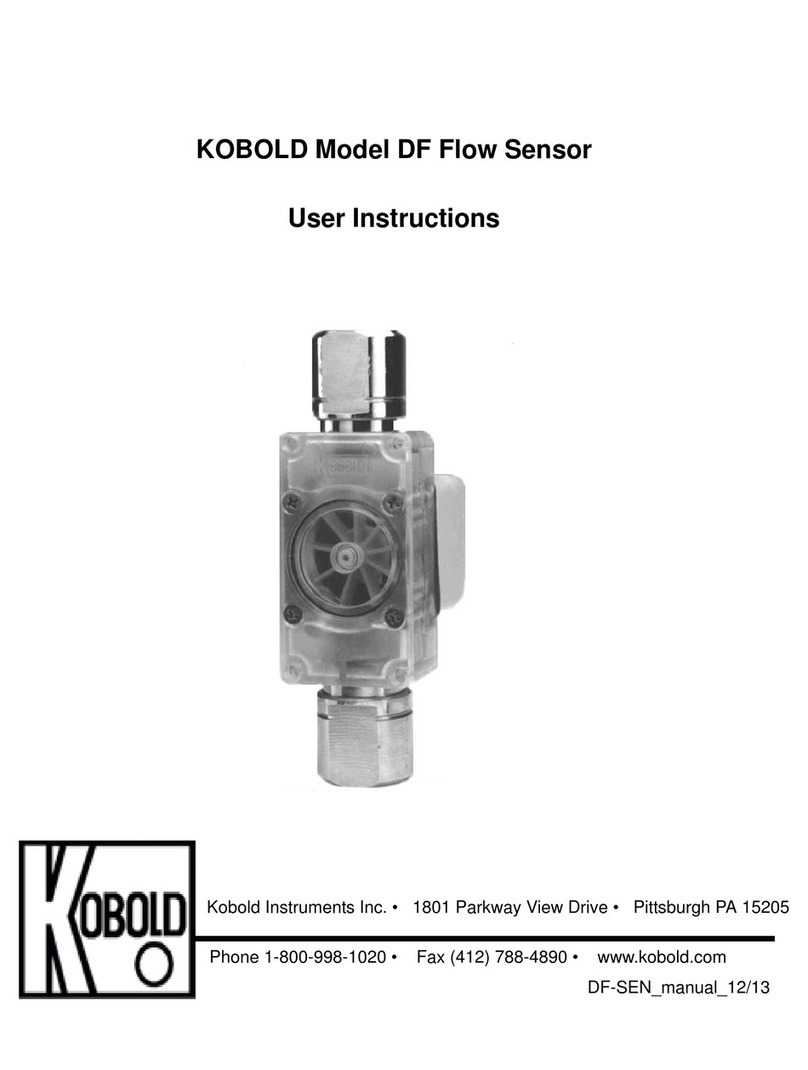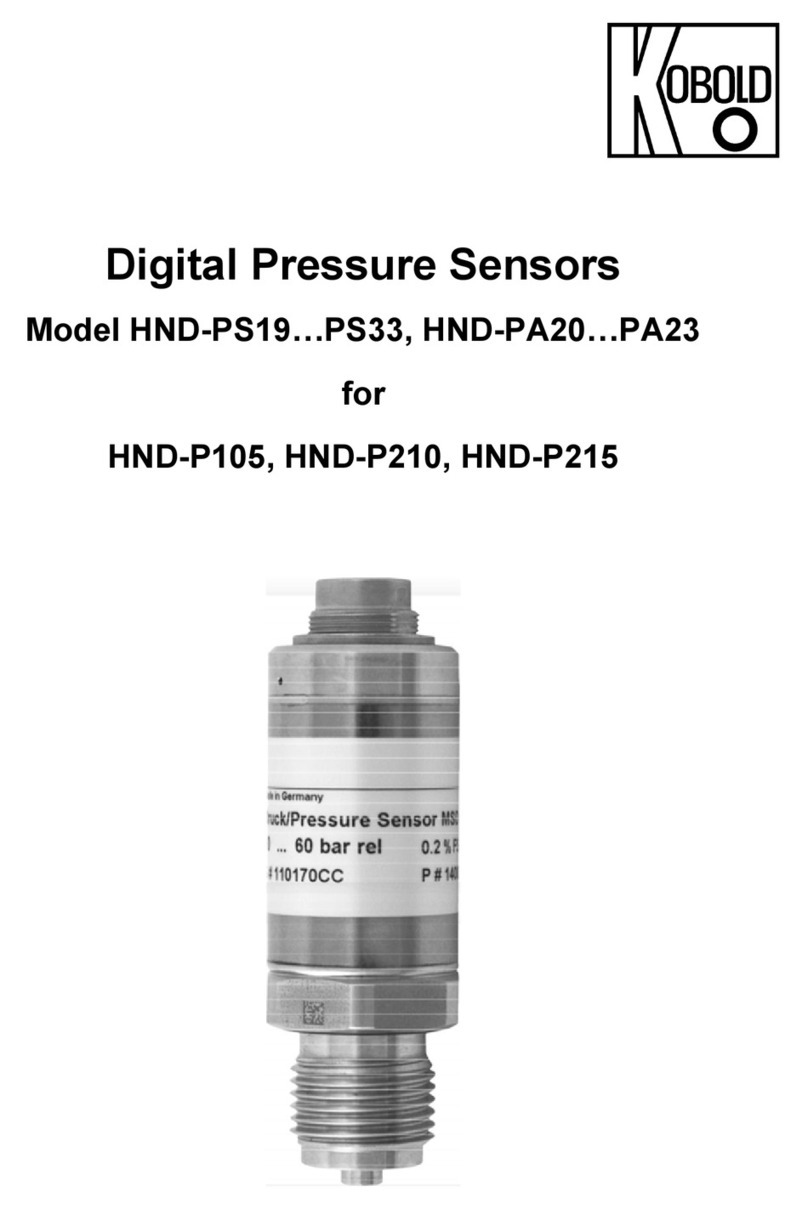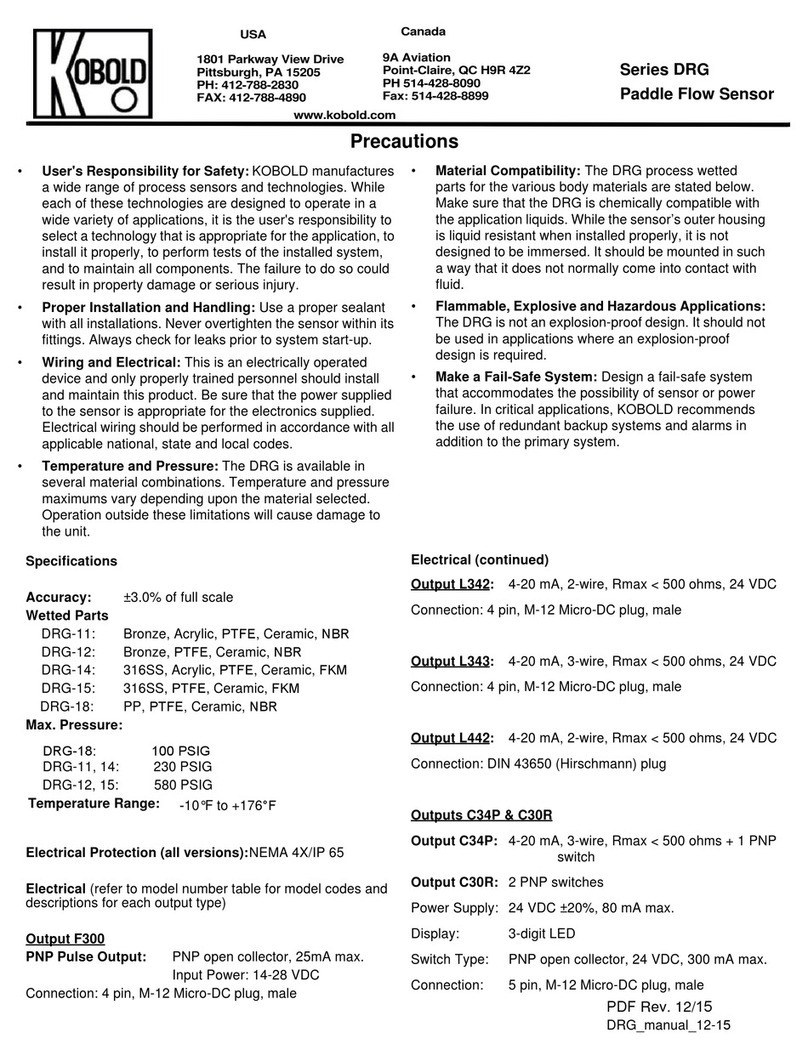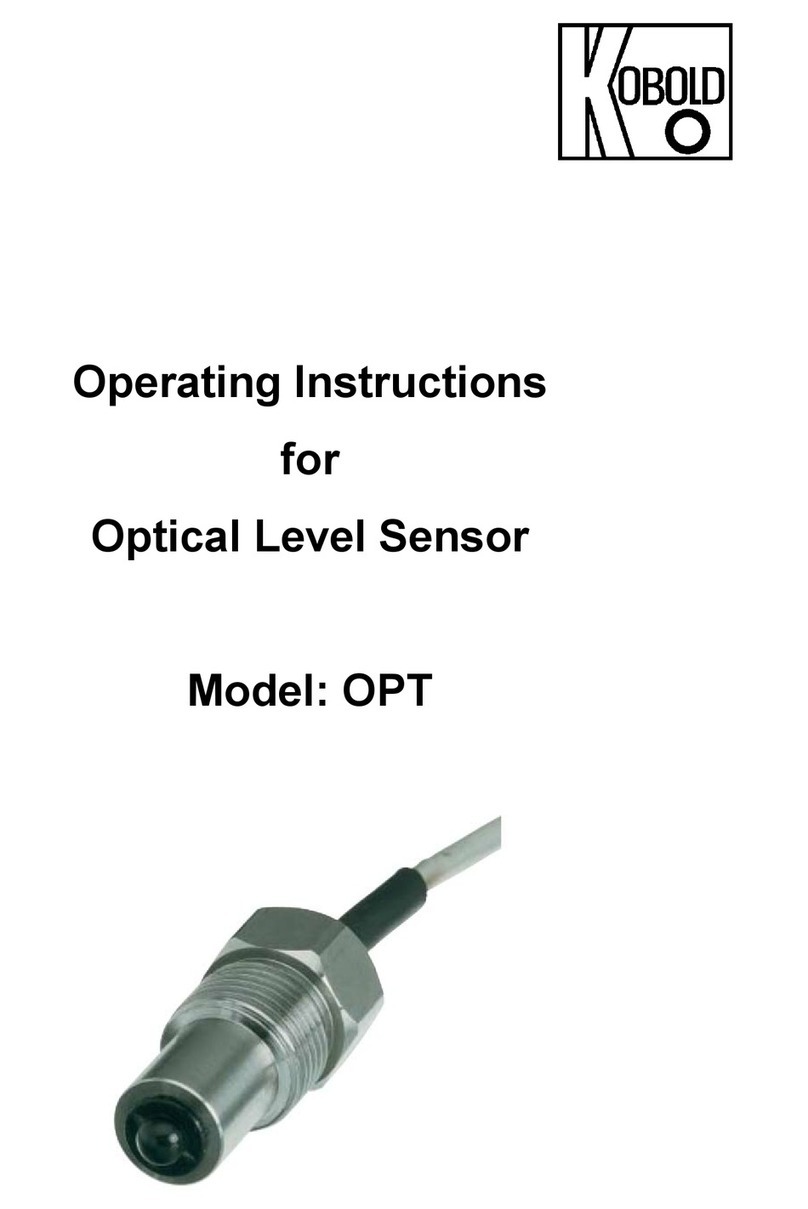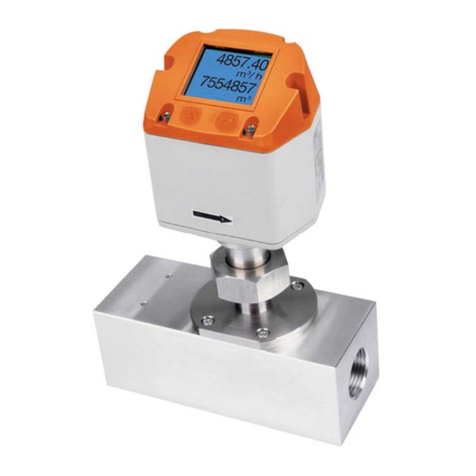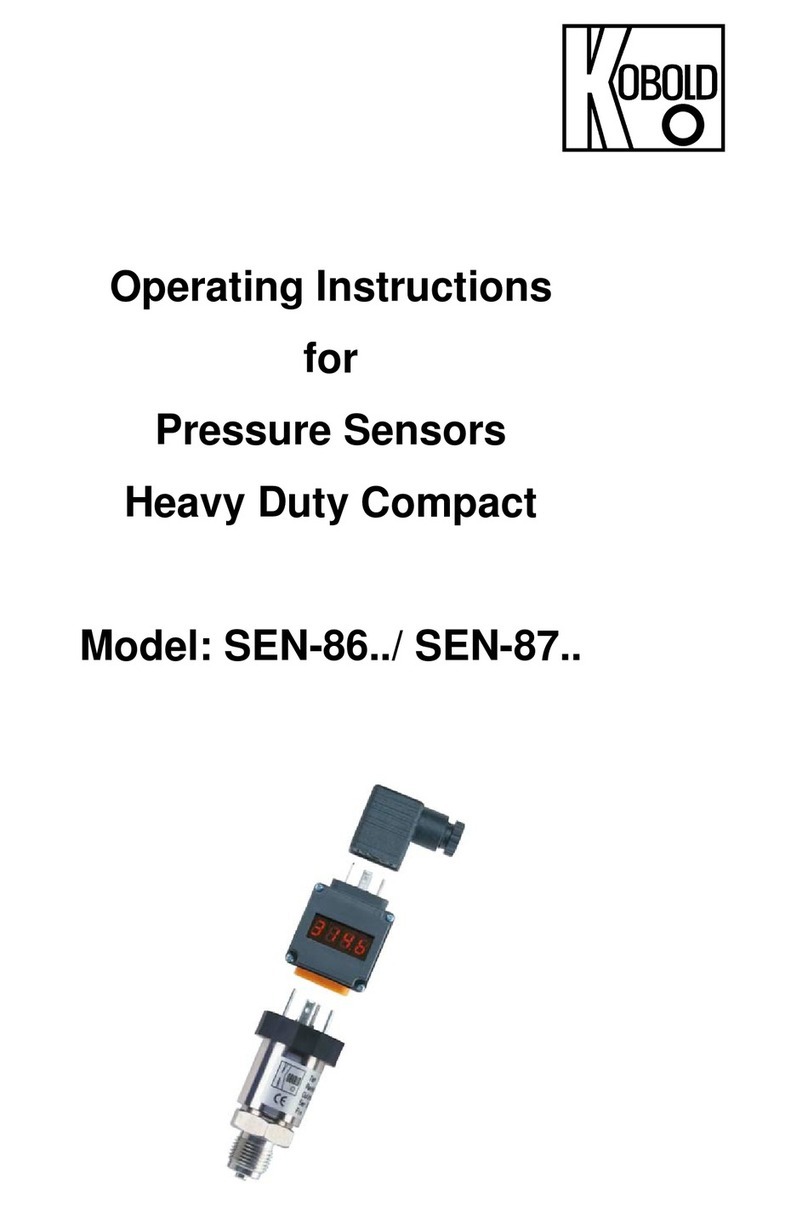CONTENTS
INTRODUCTION...............................................................................................................................................3
1STEPS PRIOR TO OPERATION .............................................................................................................4
1.1 Installation, mounting, commissioning and maintenance........................................................................................4
1.1 Hazard warnings ...................................................................................................................................................................5
1.2 Proper use of the device .....................................................................................................................................................5
2IDENTIFICATION ......................................................................................................................................6
3GENERAL INFORMATION ABOUT EXPLOSION PROTECTION..................................................... 7
4SPECIFICATIONS......................................................................................................................................8
4.1 Description of the HPC Mass-Flow Sensor...................................................................................................................8
4.2 Device identification.............................................................................................................................................................8
4.3 Mounting and Installation ..................................................................................................................................................9
4.3.1 Thermally insulated sensor ......................................................................................................................................9
4.3.2 Heated sensor ..............................................................................................................................................................9
4.3.3 Connection sensor –transmitter............................................................................................................................9
4.4 EC Type-Examination .......................................................................................................................................................11
4.4.1 Sensor Parameters ..................................................................................................................................................11
4.4.2 Ambient temperature range Ta ............................................................................................................................12
5INSTALLATION AND COMMISSIONING ...........................................................................................13
5.1Mounting ..............................................................................................................................................................................13
5.2 General conditions for safe operation .........................................................................................................................13
5.3 Requirements for installation in all environments...................................................................................................13
5.4 Requirements for installation dust environments...................................................................................................14
5.5 Ex relevant screw and bolt torques ..............................................................................................................................14
6MAINTENANCE AND REPAIR WORK ...............................................................................................15
6.1 Definition of terms according to IEC 60079-17:.......................................................................................................15
6.2 Fault elimination.................................................................................................................................................................16
6.3 Disposal.................................................................................................................................................................................16
7WARNINGS..............................................................................................................................................16
8MODEL CODE .........................................................................................................................................17
9DECLARATION OF CONFORMITY......................................................................................................18
